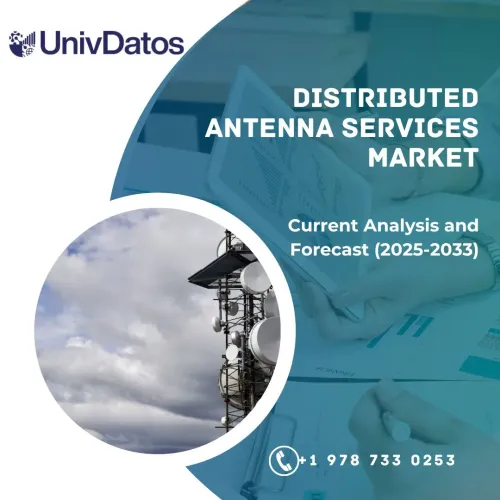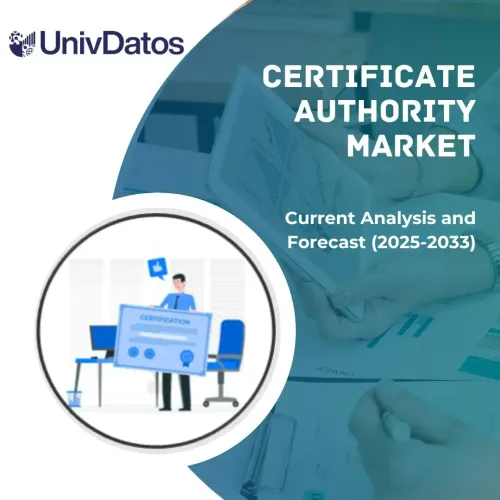- Home
- About Us
- Industry
- Services
- Reading
- Contact Us
Robo-Advisory Software Market: Current Analysis and Forecast (2023-2030)
Emphasis on Business Model (pure robo advisor, and hybrid robo advisor); Provider (fintech robo advisor, banks, traditional wealth managers, and others); and Region/Country
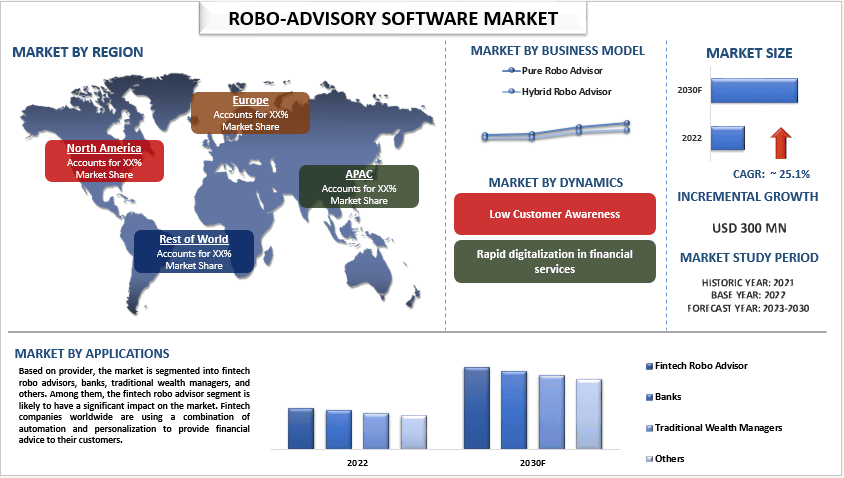
The Robo-Advisory Software Market was valued at 300 million in 2022 and is expected to grow at a steady rate of around 25.1% in the forecasted period (2023-2030) owing to the growing prevalence of smartphones and the increase in the number of internet users worldwide. Robo-advisory software is a type of software that provides automated investment management services to clients. It uses algorithms and machine learning to analyze market data, determine optimal investment strategies, and execute trades on behalf of clients. This offers a range of services, including portfolio management, tax-loss harvesting, and automatic rebalancing. They also provide real-time access to account balances, investment performance, and market news. The robo-advisory services are becoming increasingly popular among investors due to their convenience and accessibility. They offer a cost-effective way for individuals to invest funds, making it more affordable for a wider range of people to participate in the financial market. This, in turn, is contributing to the growth of the Robo-Advisory Software Market.
Some of the major players operating in the market include Betterment LLC; Wealthfront Corporation; The Vanguard Group, Inc.; Charles Schwab & Co., Inc.; BlackRock, Inc. (FutureAdvisor); Axos Financial, Inc.; SigFig Wealth Management, LLC; Ginmon Vermögensverwaltung GmbH; Ellevest; Social Finance, Inc.
Insights Presented in the Report
“Amongst providers, fintech robo advisor category to witness significant market growth during the forecast period.”
Based on provider, the market is segmented into fintech robo advisors, banks, traditional wealth managers, and others. Among them, the fintech robo advisor segment is likely to have a significant impact on the market. Fintech companies worldwide are using a combination of automation and personalization to provide financial advice to their customers. Additionally, they are quickly deploying robo-advisors using advanced technologies such as artificial intelligence and quantitative finance. This will enable them to provide reliable and accurate investment advice to retail investors, helping them avoid making poor investment decisions.
“North America to hold a significant share in the market.”
North America is anticipated to hold a considerable share of the market as the region has a high adoption rate of digital financial services, which has led to a large number of investors looking for automated investment solutions. Additionally, the presence of a large number of financial technology companies in the region has led to a high level of innovation in the Robo-Advisory space. Furthermore, the region has a large number of high net worth individuals who are willing to invest in automated investment solutions. For instance, in Nov 2022, JPMorgan Chase introduced a new hybrid robo-advisory program called J.P. Morgan Personal Advisors. This program aims to provide investors with a digital platform for investing and access to human financial advisors for ongoing guidance. The program is open to all investors, but the company expects it to primarily benefit customers who use JPMorgan’s banking or credit card services and are interested in wealth management services but do not want to meet with in-branch advisors.
Robo-Advisory Software Market Report Coverage
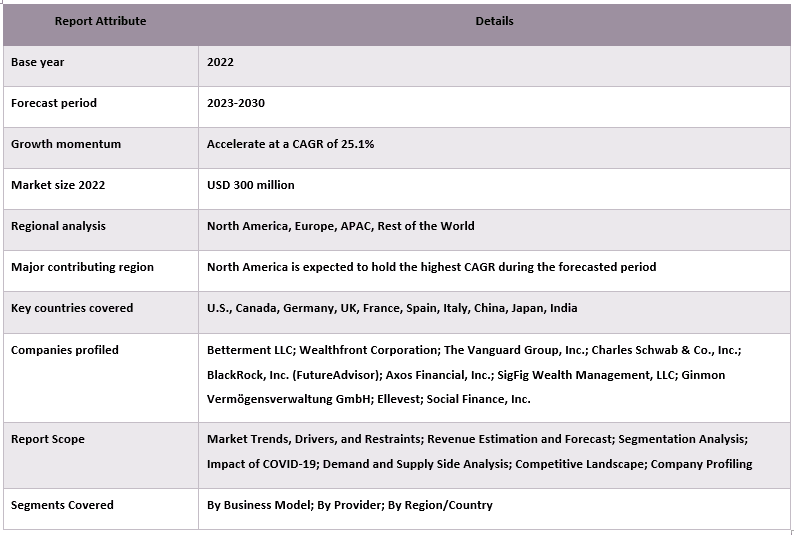
Reasons to buy this report:
- The study includes market sizing and forecasting analysis validated by authenticated key industry experts.
- The report presents a quick review of overall industry performance at one glance.
- The report covers an in-depth analysis of prominent industry peers with a primary focus on key business financials, product portfolio, expansion strategies, and recent developments.
- Detailed examination of drivers, restraints, key trends, and opportunities prevailing in the industry.
- The study comprehensively covers the market across different segments.
- Deep dive regional level analysis of the industry.
Customization Options:
The global Robo-advisory software market can further be customized as per the requirement or any other market segment. Besides this, UMI understands that you may have your own business needs, hence feel free to connect with us to get a report that completely suits your requirements
Frequently Asked Questions (FAQ)
Table of Content
Research Methodology for the Robo-Advisory Software Market Analysis
(2023-2030)
Analyzing the historical market, estimating the current market, and forecasting the future market of the global Robo-advisory software market were the three major steps undertaken to create and analyze the adoption of Robo-advisory software in major regions globally. Exhaustive secondary research was conducted to collect the historical market numbers and estimate the current market size. Secondly, to validate these insights, numerous findings and assumptions were taken into consideration. Moreover, exhaustive primary interviews were also conducted, with industry experts across the value chain of the global Robo-advisory software market. Post assumption and validation of market numbers through primary interviews, we employed a top-down/bottom-up approach to forecasting the complete market size. Thereafter, market breakdown and data triangulation methods were adopted to estimate and analyze the market size of segments and sub-segments of the industry pertains to. Detailed methodology is explained below:
Analysis of Historical Market Size
Step 1: In-Depth Study of Secondary Sources:
Detail secondary study was conducted to obtain the historical market size of the Robo-advisory software market through company internal sources such as annual reports & financial statements, performance presentations, press releases, etc., and external sources including journals, news & articles, government publications, competitor publications, sector reports, third-party database, and other credible publications.
Step 2: Market Segmentation:
After obtaining the historical market size of the Robo-advisory software market, we conducted a detailed secondary analysis to gather historical market insights and share for different segments & sub-segments for major regions. Major segments are included in the report as business model and provider. Further country-level analyses were conducted to evaluate the overall adoption of testing models in that region.
Step 3: Factor Analysis:
After acquiring the historical market size of different segments and sub-segments, we conducted a detailed factor analysis to estimate the current market size of the Robo-advisory software market. Further, we conducted factor analysis using dependent and independent variables such as various business model and provider of Robo-advisory software. A thorough analysis was conducted for demand and supply-side scenarios considering top partnerships, mergers and acquisitions, business expansion, and product launches in the Robo-advisory software market sector across the globe.
Current Market Size Estimate & Forecast
Current Market Sizing: Based on actionable insights from the above 3 steps, we arrived at the current market size, key players in the global Robo-advisory software market, and market shares of the segments. All the required percentage shares split, and market breakdowns were determined using the above-mentioned secondary approach and were verified through primary interviews.
Estimation & Forecasting: For market estimation and forecast, weights were assigned to different factors including drivers & trends, restraints, and opportunities available for the stakeholders. After analyzing these factors, relevant forecasting techniques i.e., the top-down/bottom-up approach were applied to arrive at the market forecast for 2030 for different segments and sub-segments across the major markets globally. The research methodology adopted to estimate the market size encompasses:
- The industry’s market size, in terms of revenue (USD) and the adoption rate of the Robo-advisory software market across the major markets domestically
- All percentage shares, splits, and breakdowns of market segments and sub-segments
- Key players in the global Robo-advisory software market in terms of products offered. Also, the growth strategies adopted by these players to compete in the fast-growing market
Market Size and Share Validation
Primary Research: In-depth interviews were conducted with the Key Opinion Leaders (KOLs) including Top Level Executives (CXO/VPs, Sales Head, Marketing Head, Operational Head, Regional Head, Country Head, etc.) across major regions. Primary research findings were then summarized, and statistical analysis was performed to prove the stated hypothesis. Inputs from primary research were consolidated with secondary findings, hence turning information into actionable insights
Split of Primary Participants in Different Regions
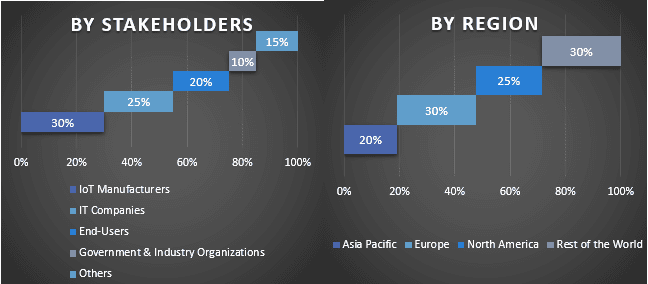
Market Engineering
The data triangulation technique was employed to complete the overall market estimation and to arrive at precise statistical numbers for each segment and sub-segment of the global Robo-advisory software market. Data was split into several segments & sub-segments post studying various parameters and trends in the areas of business model and provider in the global Robo-advisory software market.
The main objective of the Global Robo-advisory software Market Study
The current & future market trends of the global Robo-advisory software market were pinpointed in the study. Investors can gain strategic insights to base their discretion for investments on the qualitative and quantitative analysis performed in the study. Current and future market trends determined the overall attractiveness of the market at a regional level, providing a platform for the industrial participant to exploit the untapped market to benefit from a first-mover advantage. Other quantitative goals of the studies include:
- Analyze the current and forecast market size of the Robo-advisory software market in terms of value (USD). Also, analyze the current and forecast market size of different segments and sub-segments
- Segments in the study include areas of business model and provider.
- Define and analysis of the regulatory framework for the Robo-advisory software industry.
- Analyze the value chain involved with the presence of various intermediaries, along with analyzing customer and competitor behaviors of the industry.
- Analyze the current and forecast market size of the Robo-advisory software market for the major region.
- Major countries of regions studied in the report include Asia Pacific, Europe, North America, and the Rest of the World.
- Company profiles of the Robo-advisory software market and the growth strategies adopted by the market players to sustain in the fast-growing market.
- Deep dive regional level analysis of the industry
Frequently Asked Questions FAQs
Q1: What is the current market size and growth potential of the global Robo-Advisory Software market?
Q2: What are the driving factors for the growth of the global Robo-Advisory Software Market?
Q3: Which segment has the largest share of the global Robo-Advisory Software market by business model?
Q4: What are the emerging technologies and trends in the global Robo-Advisory Software market?
Q5: Which region will dominate the global Robo-Advisory Software market?
Related Reports
Customers who bought this item also bought



